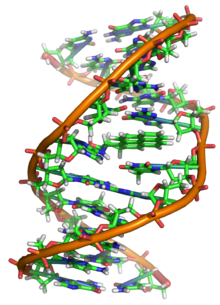I agree with Hawkins
in that memes are a unique feature that distinguishes humans from other
animals, but I believe that this happens because of the complex level we are at
evolution. Natural selection has made our brains prone to develop memes, want
us to imitate genes, and therefore replicate them, in order to seek survival in
our current modern cultures. Our selfish genes allow memes to happen.
Memes are always in a
way benefiting our survival. Human brains have imitated religious memes, the
idea of believing in God or in hell, for thousands of years because it helps us
live better. It can be because it makes us happy and satisfied to have an explanation
for everything, and consequently makes our lives easier and for us to focus
more on survival. It can also be because our brains are complex enough to
analyze that imitating a meme and “fitting in” is necessary for survival, in
many cases because doing otherwise might cause humans to kill you. Other memes, like Internet
memes, also help our survival in a way. Entertaining oneself in leisure websites
like 9gag or Funnyjunk, made up of memes, might help us be happier, relax
ourselves and in the long-run, survive. Leisure can help us later focus more on
things that help us live, like relaxing to later work harder, or simply
distract our minds from survival-threatening thoughts.
Memes can also be
ideas cheaters, like referred to in chapter ten, impose in our culture. Memes
related to patriotism and nationalism are a way people manipulate suckers to
make their ideas of survival rise and gain popularity. As Hawkins says, memes
are selected, and I believe they aren’t selected by coincidence, our selfish
genes shape the way memes are created and spread.
I believe memes are the
complex gene expression that characterizes humans, but like every gene and its
expression it is ultimately for the best of the organism or survival. The
selfish genes that make us up at this point in evolution cause memes. At the end of the
chapter Hawkins says, “We are built as gene machines and cultured as meme
machines, but we have the power to turn against our creators. We, alone on
earth, can rebel against the tyranny of the selfish replicator.” Our selfish genes are
so complex that our brains have been able to “turn against our creators” for
the sake of our survival.




